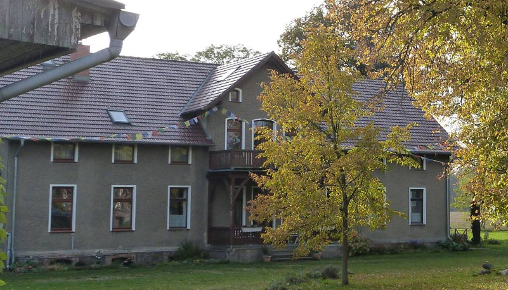The site is also designed to be a place for dialogue and exchange of different religions and world views, thus contributing to a peaceful coexistence of all human beings. The spaciously planned complex leaves room for a variety of interreligious activities and events.
In April 2007 local authorities granted permission to build the project, which is officially named “Buddhistisches Studien- und Meditationszentrum Ludwigshorst” (engl.: “Buddhist Study- and Meditationcenter Ludwigshorst”). On the part of the responsible authorities nothing stands in the way of building the monastery-temple complex and its outbuildings.

The Necessity
Therefore it was always a tradition in the Karma Kagyu Lineage to build and preserve temples and abbeys. For this reason it has be an extraordinary meaning in the west to build temples and abbeys. For this reason, it is of extraordinary importance that monasteries and temples also develop in the West.
In the Buddhist countries of Asia we always find monasteries and temples. Through this, the teaching is visible and preserved. In some European countries, such facilities already exist. The oldest Buddhist building in Western Europe is the Buddhist House in Frohnau in Berlin, which houses the Buddhist tradition of Ceylon.
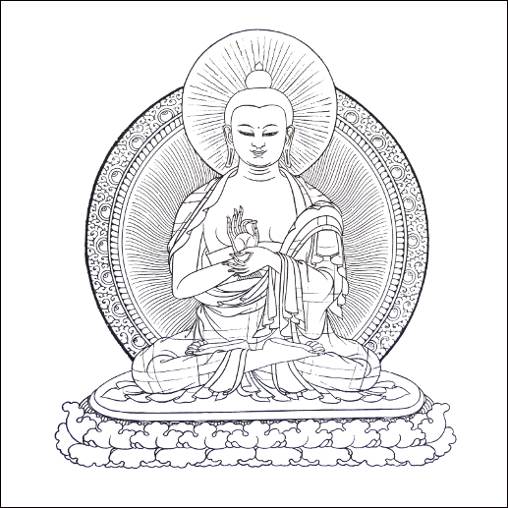
The Temple
Additionally the temple includes accommodations for high Buddhist dignitaries such as H.H. The Dalai Lama and H.H. Gyalwa Karmapa and also provides accommodations for resident teachers and visiting teachers. The already existing extensive Buddhist library will reside directly under the roof.

The Meeting House
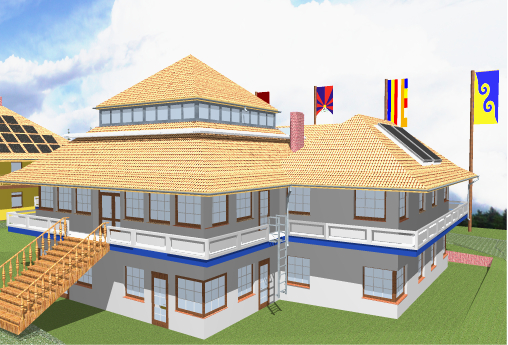
The Houses at the Four Cardinal Points
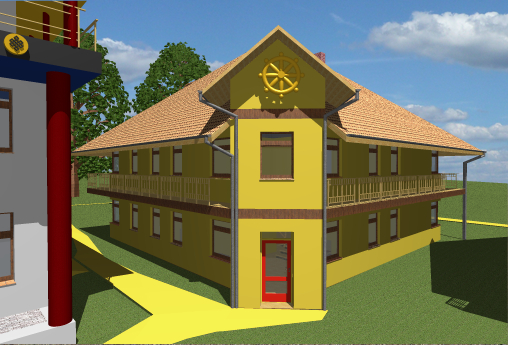
The House of the Elements
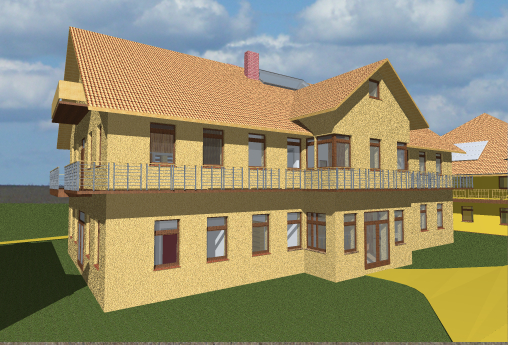
Manor House
